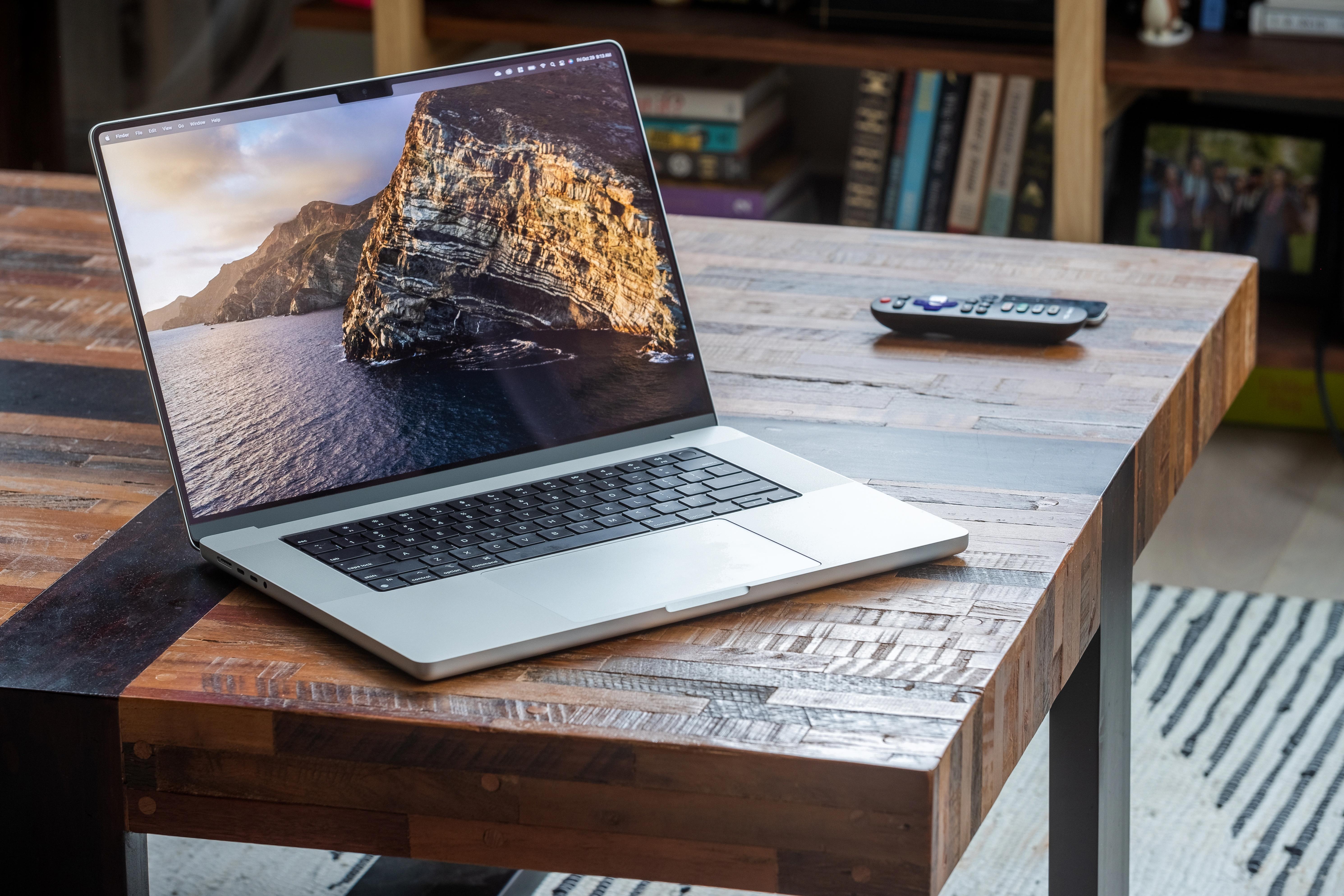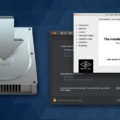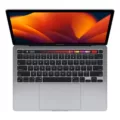If you’re a Mac user, you may be curious about how much memory your computer has and how much is available. Checking memory on a Mac is relatively simple and doesn’t take too long. In this blog post, we’ll show you how to check your Mac’s memory so you can stay up-to-date on your system’s performance.
The first step to checking memory on a Mac is to open the System Information window. To do this, click the Apple logo in the top left corner of your screen and select About This Mac. Then, click the System Report button at the bottom of the window that appears. Once you do this, a new window will appear with information about your system hardware and software.
Now that you have opened the System Information window, scroll down util you find Memory in the list of hardware components. When you click Memory, it will display detailed information about your computer’s RAM (Random Access Memory). This includes its speed, type, size and more. It will also tell you how much memory is currently installed on your machine as well as how much is available for use by applications running on it.
If for some reason there isn’t enough memory available for applications running on your machine, it may be time to consider adding more RAM to boost performance and improve stability. If this is something you are considering doing, make sure to check with an IT professional before making any changes as incorrect installation could cause serious damage to your computer’s system files or hardware components.
In conclusion, checking memory on a Mac is relatively straightforward and takes only a few minutes of your time. With just a few clicks of the mouse button and some scrolling through menus in the System Information window, you can easily find out important details about your machine’s RAM such as its speed, size and type as well as how much total memory is installed and how much is available for use by applications running on it.
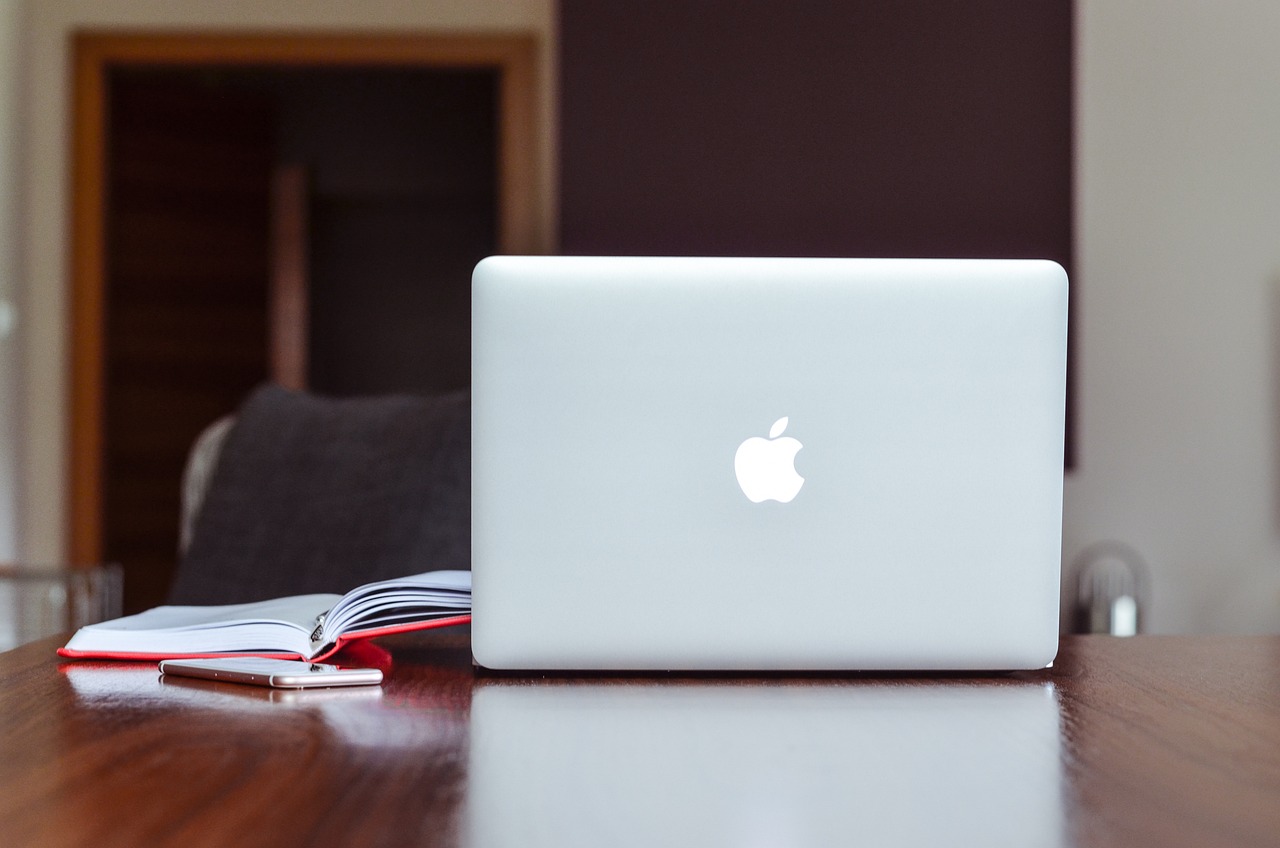
Checking Available Memory on a Mac
To check the amount of system memory being used on your Mac, open the Activity Monitor app. In the bottom of the window, you will find a Memory Pressure graph which shows how efficiently your memory is serving your processing needs. You can also click on Memory (or use the Touch Bar) to see the total memory available and how much of it is being used. To get even more detailed information, click on “System Memory” at the top of the window to see a breakdown of each type of system memory. This will give you an exact count of how much RAM is installed in your computer and how much of it is currently being used by vaious processes and applications.
Freeing Up Memory on a Mac
The first step in freeing up memory on your Mac is to tidy up your Desktop. This means removing any unnecessary files and folders that are cluttering it up, as this can take up valuable RAM. Additionally, you shold make sure to close or merge any Finder windows that you have open, as keeping many Finder windows open can use up a lot of memory.
It is also important to stop applications from starting up automatically when you turn on your computer. Some programs and services will do this by default, so make sure to check each program’s settings for an option to disable automatic startup.
Furthermore, if you have multiple web browser tabs open, it’s a good idea to shut them down as they can drain RAM quickly. You should also consider deleting any browser extensions you don’t need, as these can take up a lot of memory as well.
Finally, make sure that your hard drive has plenty of free space available. If it gets too full it can caue slowdowns or other issues with performance which can lead to high RAM usage. To check how much free space is available, click on the Apple menu at the top-left corner of your screen and select About This Mac > Storage > Manage > (Choose from list). Then select “Reduce Clutter” to delete files that you no longer need and free up some space on your hard drive.
Checking CPU and RAM on Mac
Checking your CPU and RAM on Mac is easy! First, open the Activity Monitor app on your Mac. You can find this in the Utilities folder of your Applications folder, or you can use Spotlight to search for it.
Once you have opened the Activity Monitor app, you can view current processor activity by choosing Window > CPU Usage. To view processor activity over time, click CPU (or use the Touch Bar). To view recent processor activity, choose Window > CPU History.
To check RAM usage on your Mac, look at the Memory tab in Activity Monitor. This will show you how much RAM is beig used and how much is available. If you see that the amount of used memory is close to or at the maximum capacity of your system’s RAM, then it may be time to upgrade!
Understanding Why Mac Memory is Full
Your Mac memory is full because you may have too much data stored on it. This data can be anything from apps, music, photos, videos, documents, and more. Over time as you add more data to your Mac its avilable memory will decrease. Additionally, if you’re not regularly deleting unneeded files or programs this can also clog up your storage space. To free up some of your Mac’s memory you can delete unneeded files from the Downloads folder and empty out the trash. You can also remove any unnecessary applications or large files that are taking up a lot of space on your hard drive.
Freeing Up Memory
To free up memory on your device, you can start by closing any apps that aren’t responding. Android manages memory very efficiently, so you usually don’t need to close apps manually. You can also uninstall any apps that you don’t use regularly so they’re not taking up space on your device. Finally, you can clear an app’s cache and data by going into the settings for that app and selecting the approprite option. Clearing this data will help to ensure that the app doesn’t take up too much space on your device.
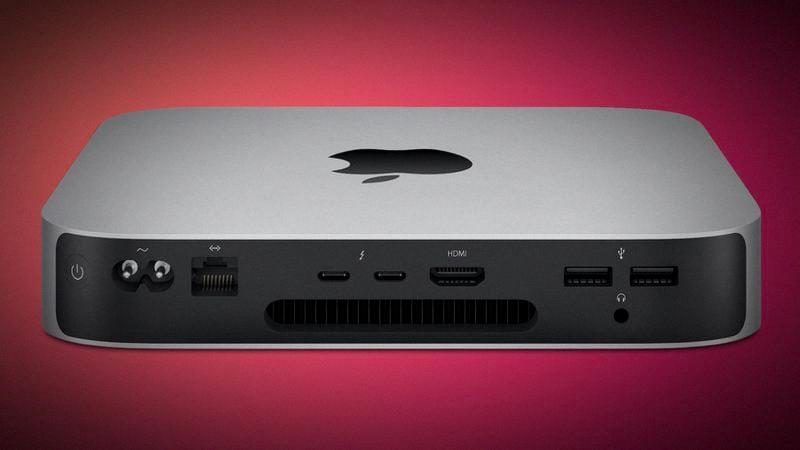
Source: macrumors.com
Freeing Up RAM
Freeing up RAM on your device is a great way to ensure that it runs as efficiently as possible. To do this, you can try restarting your device, clearing the RAM cache, updating all of your software to the latest versions, deleting any unused extensions or programs, and monitoring your RAM usage with the Task Manager. Additionally, you may want to try using a different web browser as some are more resource-efficient than others.
Clearing Up Disk Space
Clearing up disk space can seem overwhelming, but it doesn’t have to be. The easiest way to free up hard drive space is to uninstall unnecessary apps and programs. To do this, open your Control Panel and select Uninstall a program. This will give you a list of all the programs currently installed on your computer. Look through the list and decide if there are any programs you don’t need or use ofen enough to justify keeping them. You can then click on the program and choose Uninstall to remove it from your computer.
Next, clean up your desktop. Drag any files or folders that are cluttering up your desktop into a differet folder or delete them if you don’t need them anymore. This will help declutter and free up some much-needed space on your hard drive.
You can also use the Disk Cleanup Tool to get rid of monster files taking up large amounts of space on your hard drive. To use the tool, open File Explorer and right-click on the C: drive (or whichever drive contains your operating system). Then select Properties > Tools > Optimize, and follow the instructions provided by Windows to remove large files from your computer.
In addition, discarding temporary files can also help free up hard drive space quickly and easily. Temporary files are created whenever you install a new program or open a file from an email attachment – they tend to accumulate over time without you even realizing it! To delete these files, open File Explorer again, type %temp% into the search bar at the top of the window, and press Enter – this should bring up a list of all the temporary files stored on your computer whch you can select and delete if needed.
Finally, if you find yorself downloading large amounts of data regularly, setting yourself an organized downloads folder is essential in order to keep track of what has been downloaded onto your computer and make sure that anything unnecessary is removed promptly in order to save disk space. For extra convenience and security, consider saving any important documents in cloud storage such as Dropbox or Google Drive instead so they won’t take up extra disk space on your computer but will still be easily accessible when needed!
Checking How Much RAM is Installed
To check how much RAM you have installed on your device, you can access the ‘About’ section in your device’s System settings. Once there, look for the ‘Device Specifications’ section and find the line labeled ‘Installed RAM’. This will tell you exactly how much RAM your device has.
Identifying My Computer’s RAM
To see what type of RAM you have, you can open the Task Manager by pressing Ctrl + Alt + Delete. Once the Task Manager window opens, go to the Performance tab and select Memory from the column on the left. At the very top right, you’ll be able to see how much RAM you have and what type it is. You shold also be able to see its speed and manufacturer information as well.
Checking RAM Usage
To check RAM usage on an Android device, you need to firt enable the Developer Options menu by going to the About page in Android Settings. Once there, tap on the build number seven times. This will activate the Developer Options menu.
Next, go to the Developer Options in your Settings menu and look for the Memory option. This will display information about how much RAM is being used. You can then use this information to help you determine if any apps are using too much RAM and if necessary, take action to optimize your device’s performance.
Cleaning Up a Mac
If you want to clean up your Mac, thre are a few steps you can take to get it running smoothly.
First, you should make sure all of your software is up to date. This ensures that all the latest security patches and bug fixes are present on your system. You can do this by opening the App Store and selecting the Updates tab to see if any of your apps need updating.
Next, you should tidy up your start up items by disabling any unnecessary applications and services. This will help reduce boot time and free up system resources. To do this, open System Preferences, select Users & Groups, then Login Items. Here you can toggle off any items that are not necessary for start-up.
Third, you should clean out any unused apps or programs that may be taking up space on your hard drive. You can find these programs in the Applications folder in Finder or access them through Launchpad. Once they’re no longer needed, simply drag them to the Trash bin and empty it afterwards.
Fourth, clean out your Downloads folder as it is often full of files that are no longer needed. This folder can be accessed from Finder or from the Dock at the bottom of the screen.
Fifth, tidy up storage disk by deleting old documents, music files and photos which may be clogging up space on your Mac’s hard drive. To do this you can use a third-party app such as CleanMyMac X which will help identify redundant files and remove them for you safely and quickly.
Sixthly, remove any unnecessary cache data which could be slowing down your system performance by going into System Preferences > Manage > Cache Files > Remove All Cache Files button at the bottom right corner of the window..
Finally, uninstall resource-hungry programs such as games or heavy graphics software which may have been installed but no longer used as they will only be taking up valuable resources on your Mac’s memory capacity without providing any benefit to its performance..
Conclusion
Mac is an innovative and powerful line of computers developed by Apple Inc. It has seen tremendous success over the years due to its user-friendly interface, reliable performance, and sleek design. Macs are also known for their ability to run both macOS and Windows operating systems, making them a great choice for users who want to use both platforms. With a wide range of hardware and software options available, Macs are suitable for a variety of tasks and offer users the flexibility to customize their machines to meet their needs. They also offer excellent security features and are regularly updated with new features and bug fixes. Overall, Macs are a great choice for anone looking for a reliable computer with plenty of features.


